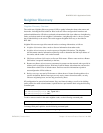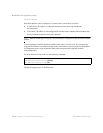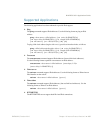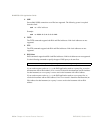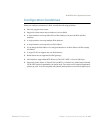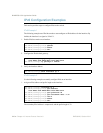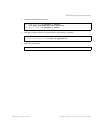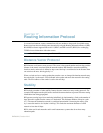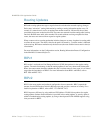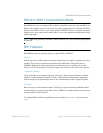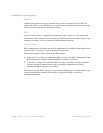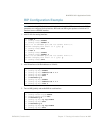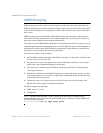
BMD00220, October 2010 243
CHAPTER 17
Routing Information Protocol
In a routed environment, routers communicate with one another to keep track of available routes.
Routers can learn about available routes dynamically using the Routing Information Protocol (RIP).
BLADEOS software supports RIP version 1 (RIPv1) and RIP version 2 (RIPv2) for exchanging
TCP/IPv4 route information with other routers.
Note – BLADEOS 6.5 does not support IPv6 for RIP.
Distance Vector Protocol
RIP is known as a distance vector protocol. The vector is the network number and next hop, and the
distance is the metric associated with the network number. RIP identifies network reachability
based on metric, and metric is defined as hop count. One hop is considered to be the distance from
one switch to the next, which typically is 1.
When a switch receives a routing update that contains a new or changed destination network entry,
the switch adds 1 to the metric value indicated in the update and enters the network in the routing
table. The IPv4 address of the sender is used as the next hop.
Stability
RIP includes a number of other stability features that are common to many routing protocols. For
example, RIP implements the split horizon and hold-down mechanisms to prevent incorrect routing
information from being propagated.
RIP prevents routing loops from continuing indefinitely by implementing a limit on the number of
hops allowed in a path from the source to a destination. The maximum number of hops in a path
is 15. The network destination network is considered unreachable if increasing the metric value
by 1 causes the metric to be 16 (that is infinity). This limits the maximum diameter of a RIP
network to less than 16 hops.
RIP is often used in stub networks and in small autonomous systems that do not have many
redundant paths.



